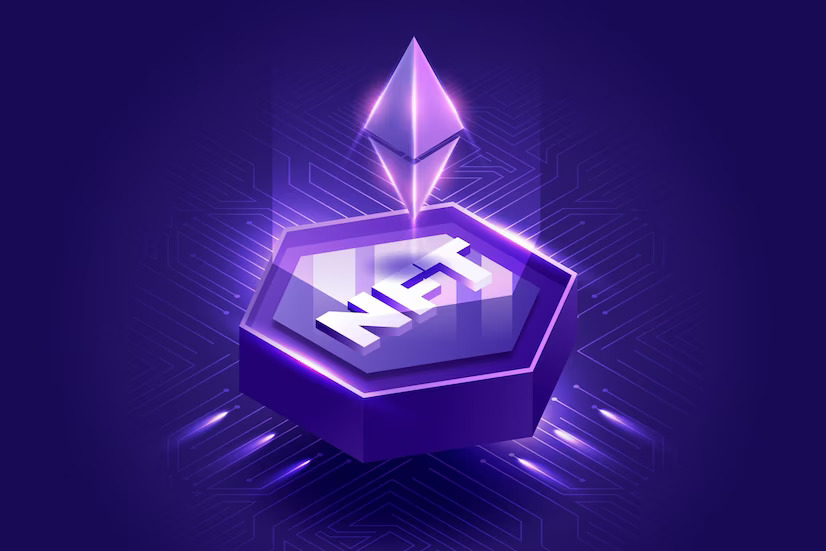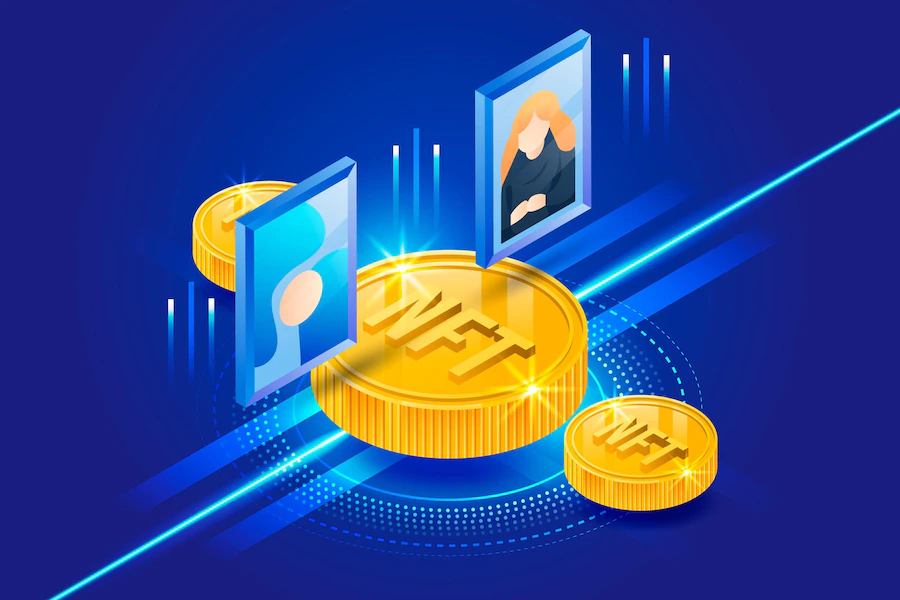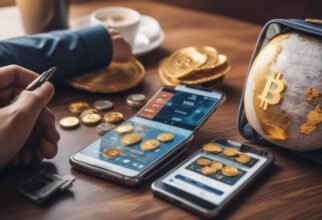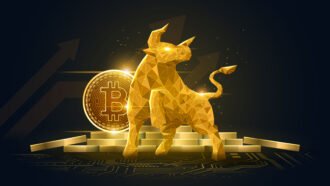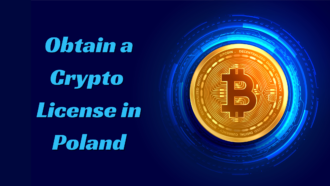NFTs vs. Collectibles: The Unstoppable Digital Revolution
In the ever-evolving landscape of digital assets and virtual ownership, two prominent players have emerged to reshape the way people perceive value and ownership – Non-Fungible Tokens (NFTs) and traditional collectibles. These two seemingly similar concepts have triggered an unstoppable digital revolution, propelling the world into uncharted territory. As enthusiasts explore these new possibilities, they find themselves turning to platforms to navigate the dynamic and thrilling world of NFTs and collectibles. Take advantage of the website’s exceptional features by visiting Enigma Edge right now.
The Genesis of NFTs and Collectibles
To understand the distinction between NFTs and collectibles, one must delve into their origins. Collectibles have been part of human history for centuries, embodying sentimental and nostalgic value. From antique coins to rare stamps, physical collectibles have always fascinated collectors and enthusiasts. On the other hand, NFTs, a product of blockchain technology, burst into the scene relatively recently. Each NFT represents a unique digital asset, immutably recorded on a blockchain, which certifies its authenticity and ownership. This groundbreaking concept has provided artists, musicians, and creators with unprecedented opportunities to monetize their digital creations.
Tangibility vs. Digital Rarity
One of the fundamental differences between NFTs and collectibles lies in tangibility. Traditional collectibles are tangible items, often held physically and displayed in collections with pride. In contrast, NFTs are purely digital, existing solely in the virtual realm. This virtual rarity has led to an intriguing paradox – while they can be infinitely reproduced, NFTs derive their value from their indisputable scarcity, verifiable through blockchain technology. Most online platform has recognized the potential of both NFTs and collectibles, offering a platform that caters to both physical and digital assets, opening new avenues for collectors.
The Dawn of Digital Ownership
One of the driving forces behind the rise of NFTs is the concept of true digital ownership. In the past, owning a digital file was merely a matter of possessing a copy, but it did not equate to actual ownership. NFTs have changed this dynamic entirely. By utilizing blockchain technology, NFTs establish ownership rights, giving buyers full control and proof of authenticity over their digital assets. This newfound sense of ownership has ignited a wildfire of creativity, inspiring artists and creators to explore the potential of digital art, music, and other forms of expression.
Scarcity and Rarity: A Digital Renaissance
In the world of traditional collectibles, rarity and scarcity have always played pivotal roles in determining their value. The same holds true for NFTs. Digital artists can now imbue their creations with a sense of scarcity, as they can choose to mint only a limited number of NFTs representing their works. The notion of owning an exclusive piece in a digital realm has caught the attention of collectors and investors alike. As the demand for unique NFTs continues to surge, online platforms have provided a platform that facilitates seamless trading and acquisition of these prized digital possessions.
Trading and Investment Opportunities
The allure of collectibles and NFTs extends beyond mere ownership; it has evolved into a lucrative investment opportunity. Just as physical collectibles have fetched astronomical prices at auctions, NFTs too have been sold for jaw-dropping amounts. Investors keen on exploring this nascent market can now turn to a user-friendly and secure trading platform, enabling them to participate in this fast-growing sector. However, as with any investment, one should exercise caution and conduct due diligence to mitigate potential risks.
Bridging the Gap: The Synergy of NFTs and Collectibles
While NFTs and traditional collectibles initially seemed to be on divergent paths, an intriguing convergence has emerged. Forward-thinking creators have begun to explore hybrid possibilities, combining physical collectibles with NFTs. For instance, a physical art piece might come with an accompanying NFT representing its digital version or offering additional perks and bonuses. This blending of the tangible and digital worlds has broadened the horizon of both NFTs and collectibles, further fueling the digital revolution.
The Quest for Authenticity
One of the most significant challenges facing the NFT and collectibles market is the issue of authenticity. With the surge in popularity, counterfeiters have attempted to exploit the market by creating fake NFTs and collectibles. However, the underlying blockchain technology has proven to be a robust solution to this problem. By immutably recording ownership and transaction history, blockchain ensures the authenticity and provenance of each asset, protecting collectors and buyers from falling victim to fraudulent schemes.
The Road Ahead: An Unstoppable Force
The rise of NFTs and collectibles has captured the world’s attention, reshaping the way people perceive and trade assets. As this unstoppable digital revolution marches on, platforms play a crucial role in facilitating safe and efficient trading. As technology continues to advance and creative minds push the boundaries of digital expression, the possibilities are limitless. Collectors, investors, and creators alike eagerly await the unfolding chapters of this captivating digital journey.

